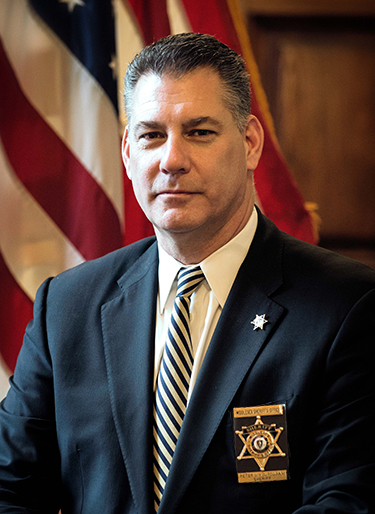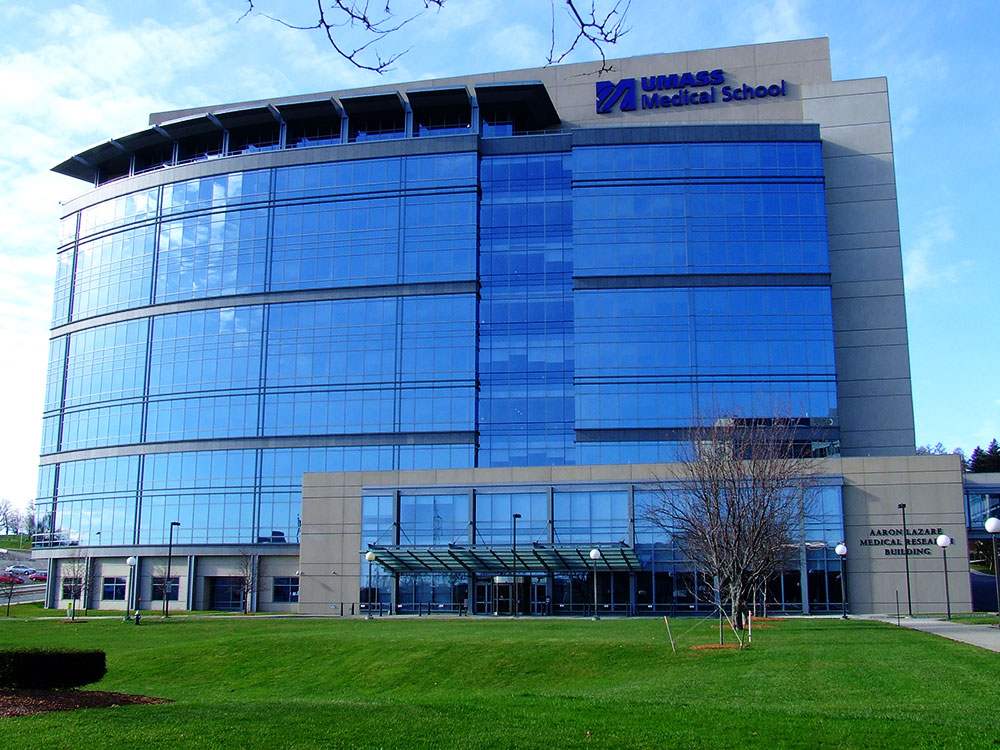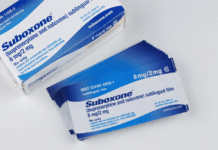awarded a $140,000 grant from the Heroin and Opioid Crime Reduction State Initiative, to expand other efforts that he had implemented to combat the opioid epidemic.
One of these efforts came to fruition in October of 2015, when Koutoujian launched a one-of-a-kind opioid addiction treatment program called the Medically Assisted Treatment and Directed Opioid Rehabilitation (MATADOR), which essentially combines substance abuse counseling with MAT and continuous care for the participants who are returning to the community.

“We counsel people inside, and if they want to participate in our MATADOR program they may,” he said. “If they don’t want to, they don’t have to. We’re finding that the number of people who want to try the program is becoming more and more exponential among self-referrals. We initially thought we would get a number of referrals from drug courts, but more and more of those who are incarcerated with us want to give it a try because they have been hearing good things about it.”
The six-month program provides the opioid antagonist naltrexone to inmates who may be suffering from a SUD, which has been a very successful move, Koutoujian said, as the drug blocks the effects of opioids but is also non-habit forming and has long lasting properties.
“I think more people want to try antagonist replacement drugs,” he said. “Many people here have tried agonists [such as methadone] in the past and now they have this window of sobriety and they want to try something new so they’re joining the program. We’ve been getting good results and keeping data.”
According to Koutoujian, about 60 men completed the full MATADOR program and 40 men are currently participating in it. Among almost 100 participants, there were only two re-incarcerations.
“This is not simply a probation or parole officer directing a program that the participant has to adhere to, but more of a program where there’s a mentor, a counselor and an assistant to help,” he said. “Just giving MAT to someone doesn’t solve the problem. Our workers exhibit empathy and oftentimes are the only people inmates have to share good things with. It’s a public health program but our numbers show that it’s having a significant public safety impact too.”
Unfortunately, the number of people in prison in Middlesex County who are affected by drug addiction reflects that the problem in the area remains alarming. Koutoujian said that every year thousands of inmates there need drug detox and more than 80 percent of people incarcerated report alcohol or drug abuse. Just last week, 87 of the 88 men who were incarnated had opioid in their systems and needed polysubstance detox, he said.
But the new collaborative brings hope to those aiming to change the statistics. “Bringing in third party validators is important,” Koutoujian said. “UMass will help us not only with our data collection but with our processes, and we have seen firsthand the benefits of having real-time data. They’ll give us an outside perspective, referrals, and feedback – those are all great resources.”

















